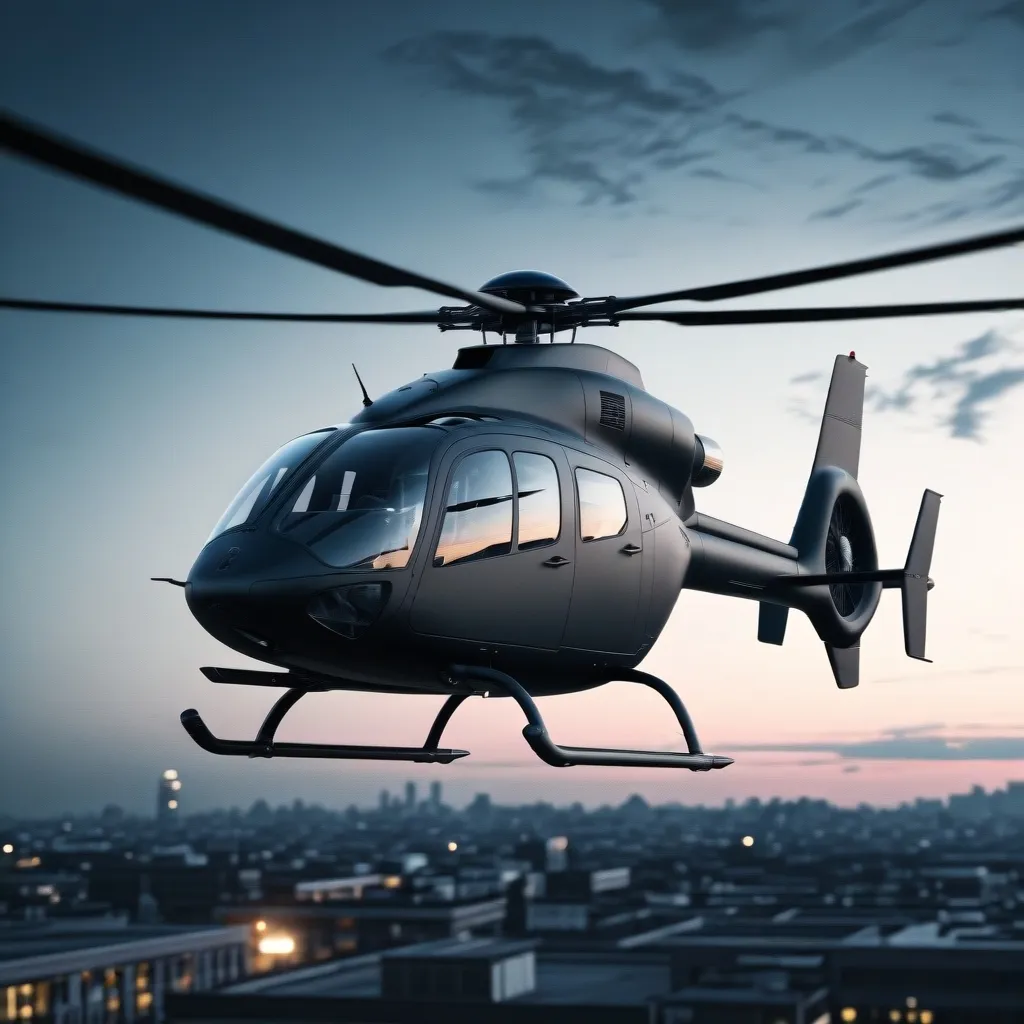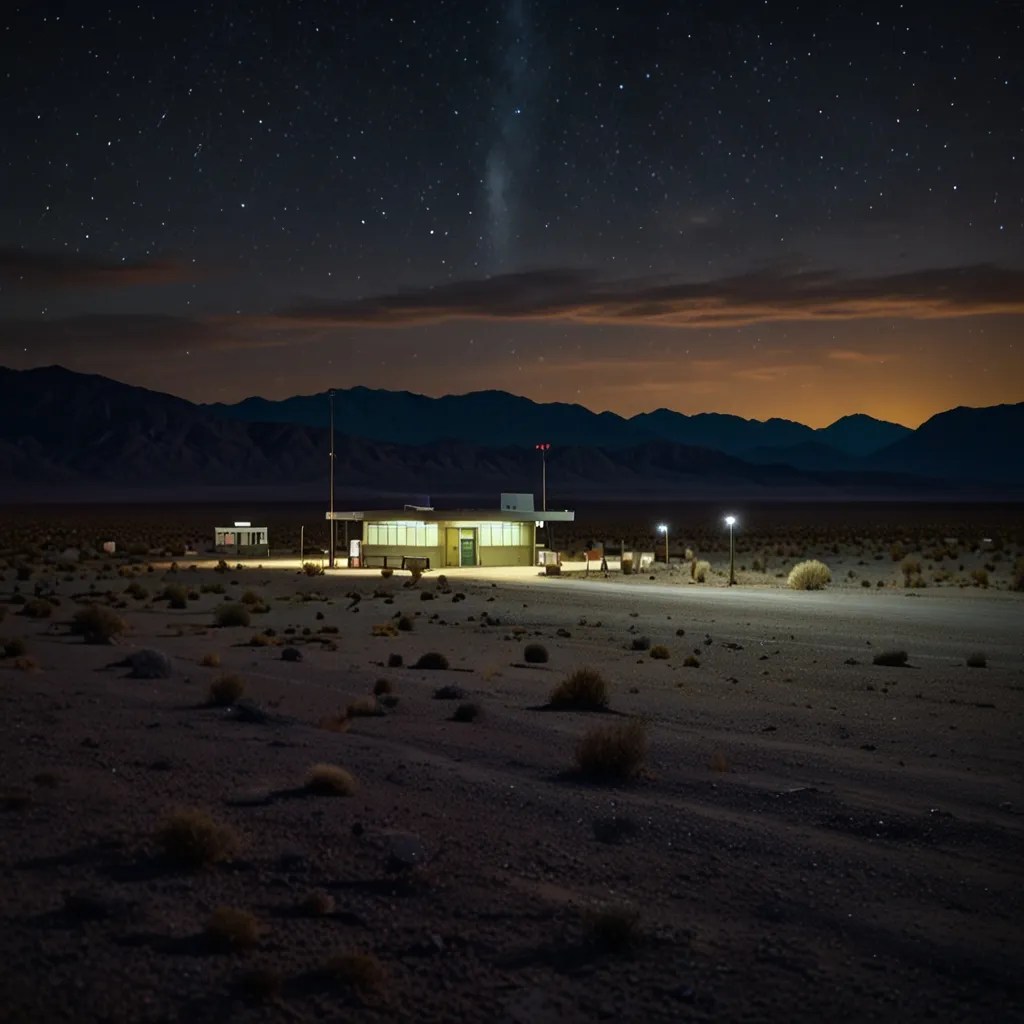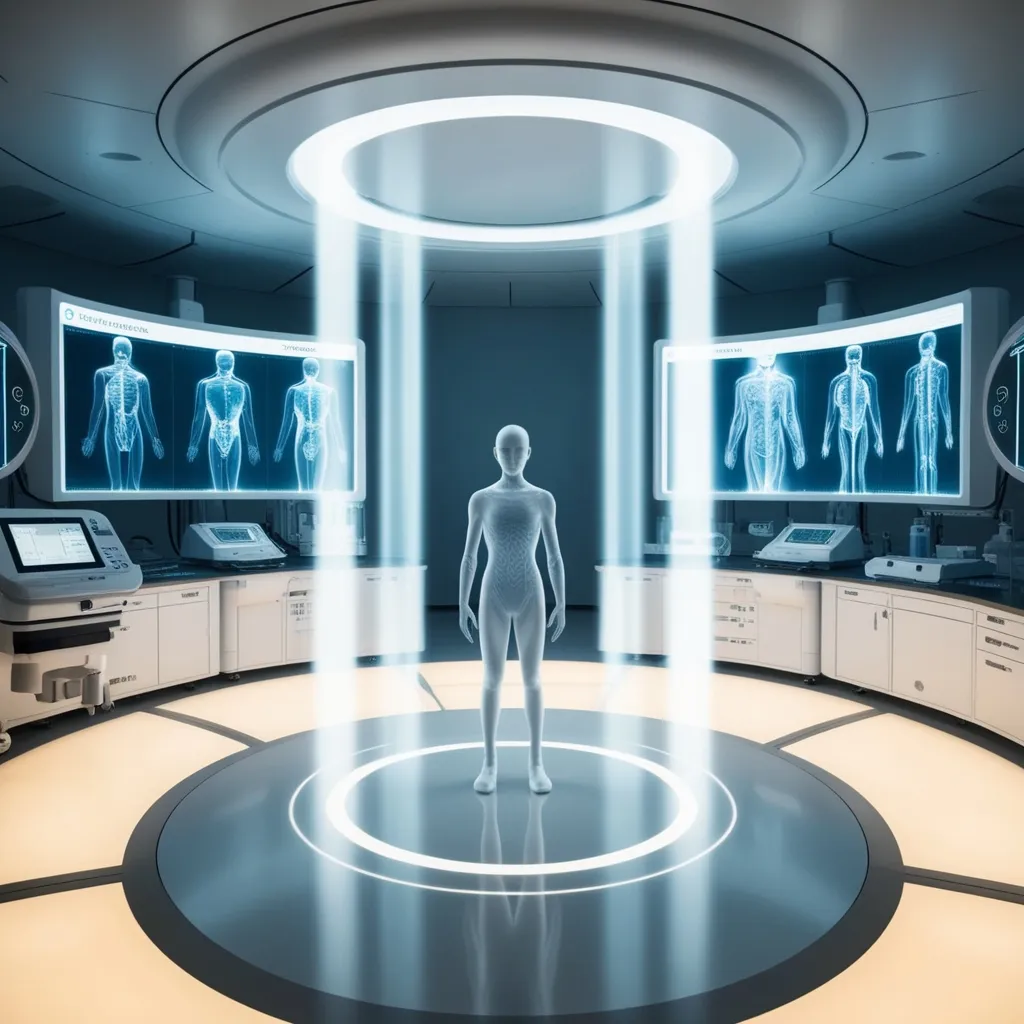Have you ever been caught staring at the sky, wondering about those enigmatic black helicopters swooping by? The stuff of countless whispers and speculative tales, these stealthy birds have woven themselves into the fabric of conspiracy theories and covert operation imaginations. But let’s dive into the nitty-gritty to uncover the intriguing reality behind these mysterious whirlybirds.
You might be surprised to learn that the allure of stealth helicopters isn’t just about making a big entrance on some blockbuster movie screen. Their history is drenched in real-world action, backed by hardcore military necessity and some James Bond-level innovation. Take the “Quiet One” for instance, a stealth helicopter that played a pivotal role during the Vietnam War.
Back in the war days, the CIA had this helicopter known as the Hughes 500P or the “Quiet One.” What made it a legend was its near-silence—an oddity for helicopters that are usually louder than a Friday night rock concert. The key was to ferry agents into enemy territories without anyone hearing a thing. This sort of stealth demanded serious engineering wizardry, making the Quiet One a gem in aviation history. Even if you were on the landing pad, you wouldn’t hear it until it was almost on top of you. They tweaked the turbine exhaust and fiddled with the fuselage to minimize noise. Imagine the pilots practicing in the dark, using infrared floodlights—yeah, stuff of spy novels, right?
Fast forward a bit, and the idea of stealth helicopters has majorly leveled up. Today’s versions are equipped with cutting-edge tech to dodge detection. Think radar-evading fuselage shapes, specialized materials that blend into radar scans, and exhaust systems that shrug off infrared detection. Remember the 2011 raid that led to Osama bin Laden’s compound? Operation Neptune Spear used super-modified Sikorsky UH-60 Black Hawks. These birds had tricked-out noses and engine intakes to keep them off radar. Talk about high-tech mystery machines.
Then there are those almost ghost-like dark gray helicopters allegedly buzzing over Los Angeles. Picture this: Bell 407 helicopters armed with quirky antennas and elevated skids, flying over LA with a mission as clear as mud. No one knows precisely what they’re up to, but they’re believed to belong to some secretive U.S. military unit. With their UHF satellite antennas and curiously configured equipment, the guesses range from high-level surveillance to law enforcement.
The utility of stealth helicopters isn’t confined to urban legends or shadowy government programs. These machines are workhorses for covert military operations. Think infiltration, exfiltration, and resupplying special ops units under the radar—almost literally. The MH-60 Black Hawk is the poster child for such missions, balancing the high stakes of anonymity with operational effectiveness. The ability to move without making a noise or showing up on enemy radar is game-changing.
However, we should keep it real—helicopters have never been naturally good at playing hide and seek. Between the racket of their rotor blades and their easy-to-spot radar signatures, making a helicopter truly stealthy is like making an elephant disappear behind a curtain. That’s why the realm of stealth helicopters involves heaps of R&D. Take the Boeing/Sikorsky RAH-66 Comanche for example—it was supposed to be the king of aerial reconnaissance until the project was nixed.
Public fascination with these sleek, black helicopters often spills into bizarre conspiracy theories. Some folks are convinced these choppers are symbols of a New World Order plot, complete with secret societies, mind control, and other sinister agendas. It’s a juicy narrative, but sorry to burst that bubble; there’s little, if any, solid proof backing such claims. At their core, black helicopters are high-tech tools meant for military and police missions. They’re not flying boogeymen but rather assets designed to keep sensitive operations safe and effective.
In wrapping it up, black helicopters are a fascinating piece of the aviation puzzle and military history. They’re more than just shadows in the sky or elements in a conspiracy; they’re real, functional, and evolving parts of our technological advancement. From the stealthy missions of the Vietnam War’s Quiet One to modern-day operations, these sophisticated machines have played pivotal roles in covert missions, always pushing the envelope of what’s possible.
So next time you spot a dark, mysterious chopper in the sky, remember—it’s not just about conspiracy theories; there’s a rich history and significant purpose cruising through those blades. The tech in these machines continues to advance, and who knows what future stealth capabilities will bring us. One thing’s for sure: as tech improves, black helicopters will keep us looking up, wondering, and maybe, just maybe, hearing a little less.





